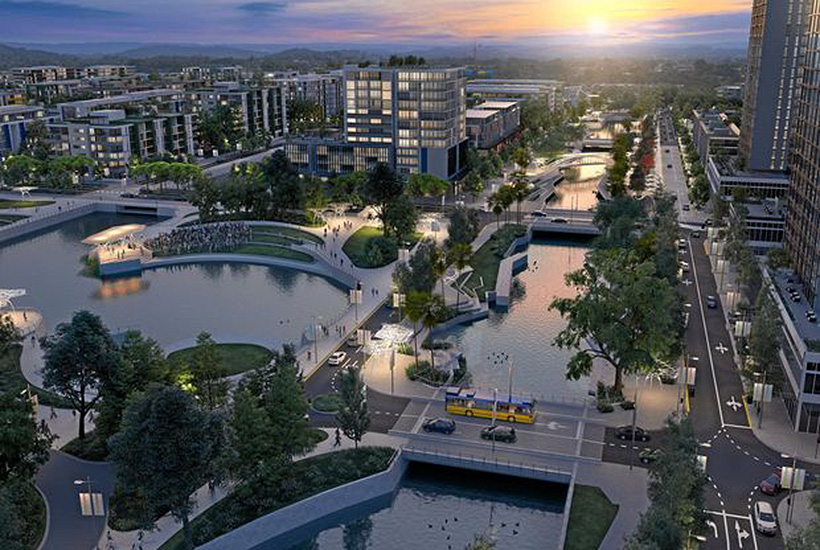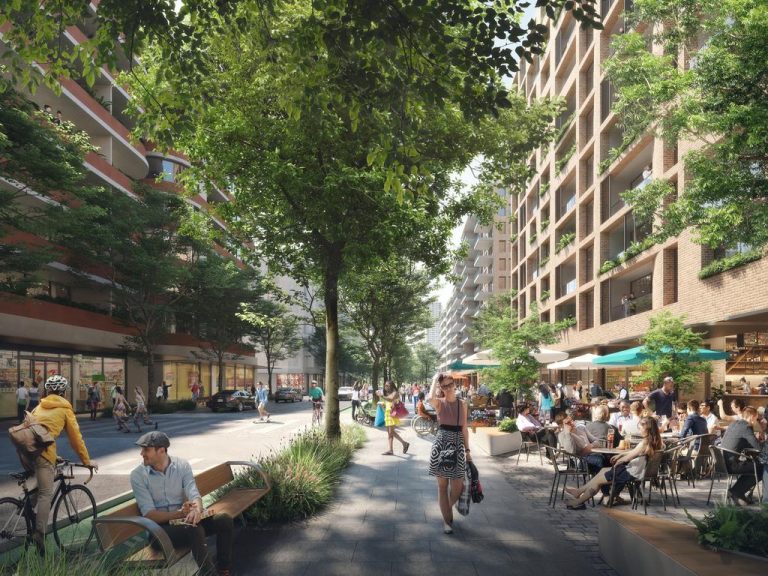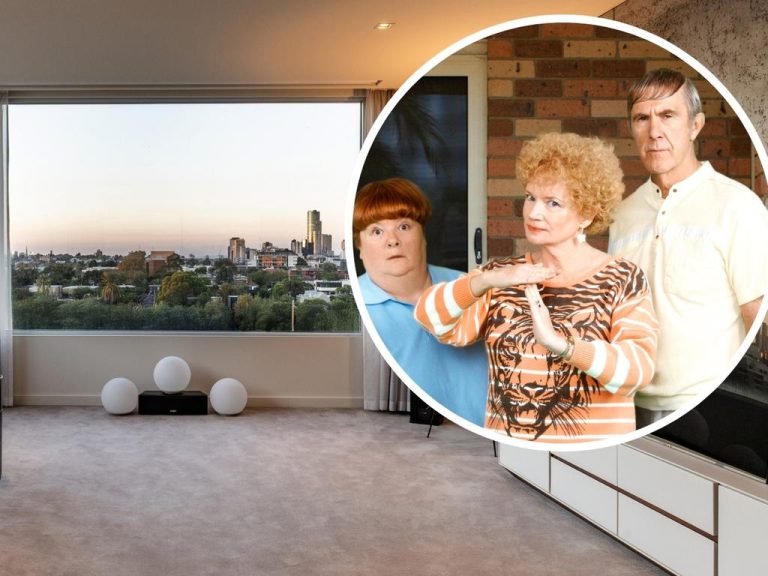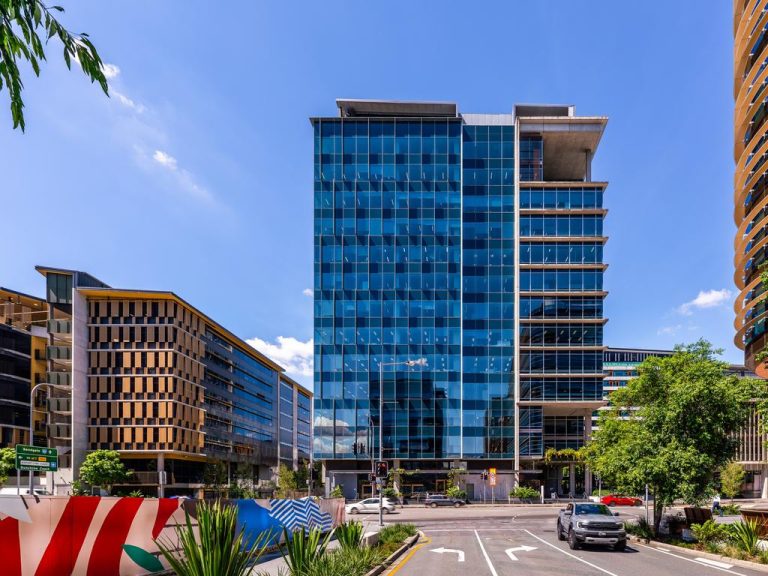New Queensland CBD designed for driverless cars

A new city centre being created at Maroochydore on Queensland’s Sunshine Coast will be the first in the world designed specifically for driverless cars.
Although developments such as shopping centres and airport carparks were being adapted to suit autonomous vehicles, the Maroochydore Central Business District poses a greenfields opportunity for developers SunCentral.
Entrepreneur in residence and technology adviser Zach Johnson says they want to “build something that doesn’t currently exist”.
Commercial Insights: Subscribe to receive the latest news and updates
“In what must be almost a first in the modern era, we don’t have legacy infrastructure to contend with, we’re building from scratch,” Johnson says.
“We’ve got this greenfield site and that gives us the opportunity to identify what sort of infrastructure is most beneficial to the use of autonomous vehicles — but that’s just one piece.”
The overriding feature of the CBD would be internet connectivity of “unlimited speed” enabled by a giant undersea cable.

SunCentral technology director Zach Johnson at Maroochydore.
Johnson says that will allow for unprecedented communications between the environment and the council through a series of sensors in buildings and surrounds.
“We’re building sensors into the waste system so bins can sense when they’re full and then the pneumatic system sucks the waste down into an underground catchment,” he said.
“There’ll be sensors on light poles so we can sense the natural lighting and adjust the artificial lighting accordingly.”
Multiple layers of connectivity would also mean moving about the CBD was as easy as speaking.
“A voice application linked to a person’s profile in the traffic system would mean someone could say “bring me a car to take me to work” and the autonomous vehicle would know where they are, and where they work,” Mr Johnson said.
It’s a tremendous initiative and I would suspect once you have this up and running you will have copycat projects in other parts of the country
“All that stuff is enabled by the lack of legacy infrastructure which improves the ability for the car to communicate and navigate within an urban environment.”
Transport and land use researcher at Griffith University’s Cities Research Institute, Abraham Leung, said having autonomous vehicle infrastructure could help deliver more cost-effective and demand-responsive public transport.
“There is increasing recognition that driverless cars are actually not that smart and need retrofitting of existing cities to make them navigate safely,” Dr Leung said.
“The current road structure is designed for humans and a key challenge for driverless cars is the need to co-operate with human-driven cars which are less predictable.”
He said urban design for autonomous vehicles might involve segregating those cars from pedestrians to avoid collisions.
A voice application linked to a person’s profile in the traffic system would mean someone could say “bring me a car to take me to work”
“Another feature could be induction-charging roads to allow electric vehicles to stay powered all the time,” Dr Leung said.
“It would make a lot of sense having roads built to allow future autonomous vehicles powered by electricity to run but the cost would be a major issue.”
Demographer and “futurist” Bernard Salt says the potential for a brand new CBD in an established community like the Sunshine Coast is almost unlimited.
“If you’re going to impose a CBD on the urban fusion that is the Sunshine Coast then do it right, plan it well, incorporate the latest in global technology and my view is Australians will embrace it,” Salt says.
“It’s a tremendous initiative and I would suspect once you have this up and running you will have copycat projects in other parts of the country.”
He says incorporating driverless cars is a smart move.
“I think the social logic behind driverless vehicles is so compelling that we will reach a tipping point at some stage, maybe in the late 2020s or 2030s,” Salt says.
“It’s clearly the way of the future, it’s a better way of organising ourselves so when you have the opportunity to create the blueprint or the model in the most logical way possible, why not plan for driverless cars?”
This article originally appeared as “Australia’s first Pride Centre: St Kilda wins pride of place”.







